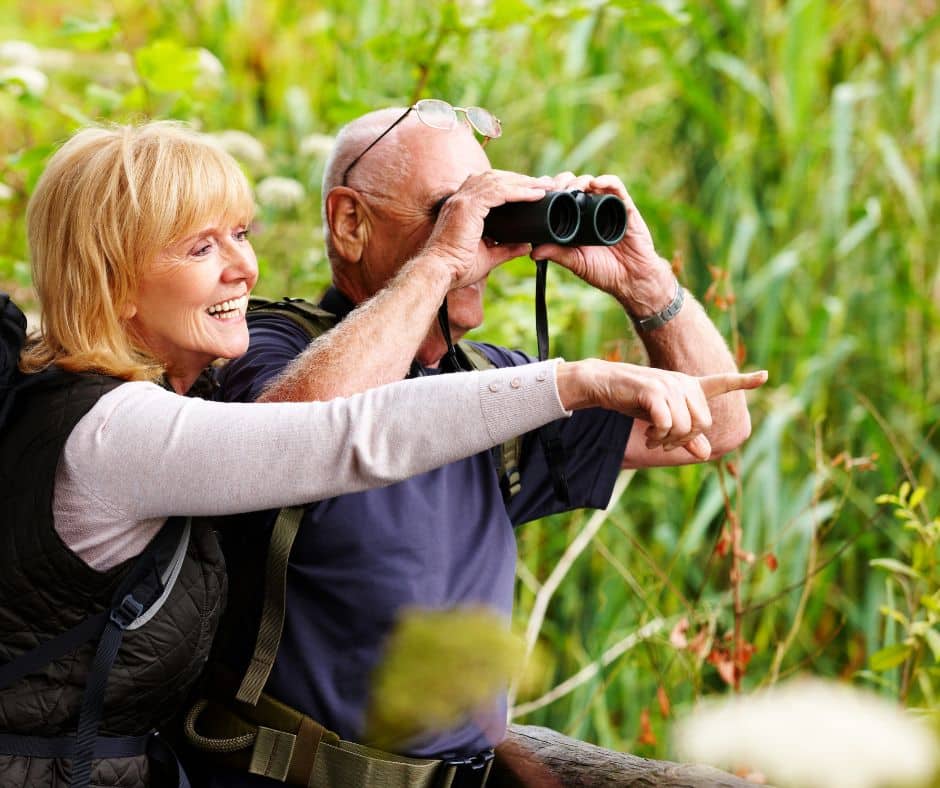Where the birds soar, the mud sucks, and the puns fly faster than the jacanas
What makes Palo Verde a top birdwatching spot in Costa Rica?
Palo Verde National Park is a wetland wonderland that draws flocks of rare and majestic birds year-round.
It’s not just a national park—it’s a feathery festival with wingspans that could shade a hammock. Located in Guanacaste, where the Río Tempisque takes its sweet meandering time, Palo Verde attracts herons, ibises, spoonbills, and the kind of egret that seems to model for shampoo commercials. Whether you’re a seasoned birder or someone who thinks a “motmot” is a Pokémon, this place delivers.

Can beginner birders enjoy Palo Verde too?
Absolutely—no experience required, just curiosity, patience, and a sense of humour.
Our crew was armed with nothing but second-hand binoculars, sunblock that definitely didn’t work, and a laminated bird guide from 1992. We had no idea what we were doing, but that didn’t stop us from getting excited every time we saw something flap, squawk, or vaguely resemble a duck.
What kind of birds can you expect to see?
You’ll spot everything from the delicate roseate spoonbill to the wildly awkward jabiru stork.
This place is where bird royalty holds court—
- Jabiru Stork: The tallest flying bird in Central America. Looks like a pelican joined a punk band.
- Roseate Spoonbill: A flamingo-wannabe with a spoon-shaped bill and attitude.
- Boat-billed Heron: The bird equivalent of an owl wearing a hoodie.
- White Ibis: Elegant with a curved beak and a don’t-mess-with-me glare.
- Black-bellied Whistling Duck: Sounds like it’s heckling you in duck language.
- Mangrove Warbler: Bright yellow, tiny, and far too quick for us to identify properly.
Let’s just say we named more birds than we correctly identified—”Flappy Orange-Belly” was probably not the scientific term.
Are the bugs really that bad?
Yes. Bring repellent, wear sleeves, and prepare to itch in places you didn’t know had skin.
We found ourselves competing with mosquitoes for airspace, and one member of our crew may have invented a new interpretive dance called “I Swallowed a Fly and Panicked.” But don’t worry—if you come prepared, the buzzing is a minor backdrop to the beauty all around you.
What’s the best way to explore the park?
Boat tours are the golden ticket for birdwatching without the muddy misadventures.
Sure, we started on foot—sinking into mud that could devour a boot whole—but eventually we wised up and took to the water. From the boat, the birds seemed to pose like divas on a runway, while crocodiles lurked nearby with smug expressions like they were judging our fashion choices.
Any advice for first-time birders?
Keep your eyes open, your expectations low, and your sense of humour high.
Birding isn’t about ticking every species off a list; it’s about the moments in between—the anticipation, the arguments over whether it was a hawk or a leaf, and the jokes that land flatter than a squashed gallinule.
Birding Highlights in Palo Verde
- Sunrise is magic: The birds are most active in the early morning, and the light is ideal for spotting colours and details.
- Guided tours are gold: Local guides know exactly where the birds hang out and can ID them faster than you can say “rufous-naped wren.”
- Binoculars matter: Borrow or invest in a decent pair; otherwise, you’ll be admiring a lot of “possibly feathered blobs.”
- Stay hydrated: The heat can sneak up on you while you’re staring at a treetop for ten minutes trying to spot movement.
- Don’t chase the birds: Let them come to you. Or at least stand still long enough that they forget you exist.
FAQ: Birding in Palo Verde
When is the best time of year to visit Palo Verde for birdwatching?
December to April is dry season, making trails more accessible and birds easier to spot as they flock to water sources.
Can you visit Palo Verde without a guide?
Yes, but guided boat tours increase your chances of seeing rare birds and reduce your odds of getting hopelessly lost.
Is there lodging nearby?
Yes—there are eco-lodges and rustic accommodations in and around the park for those wanting the full nature immersion.
Do you need birding experience?
Not at all. Curiosity and maybe a willingness to be humbled by nature is enough.
Is the park good for families?
Yes, though younger kids may lose interest if they don’t spot anything exciting in the first five minutes. Bring snacks and bribes.






